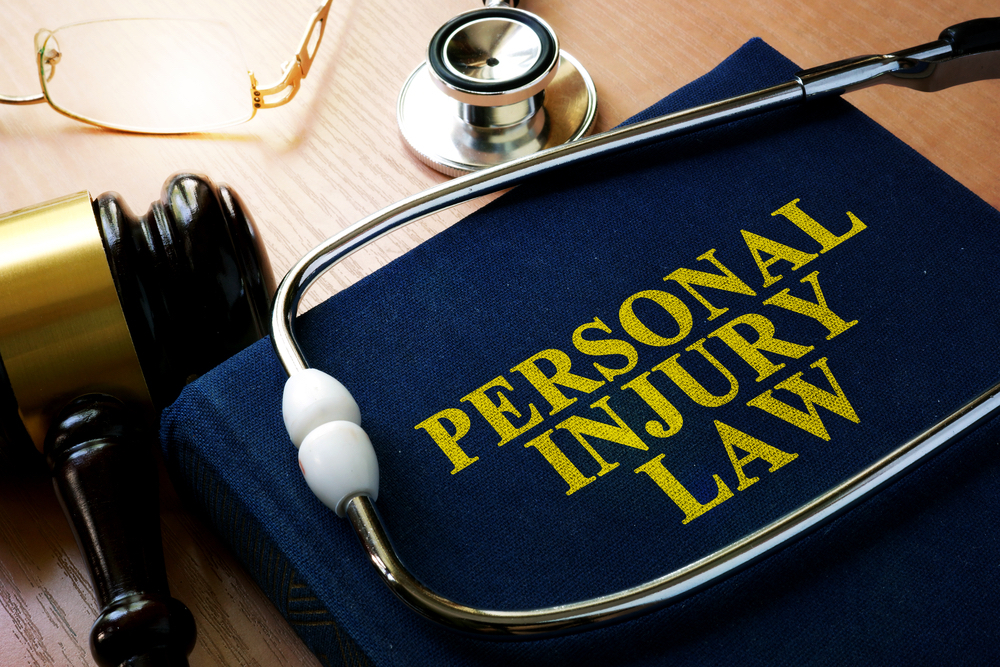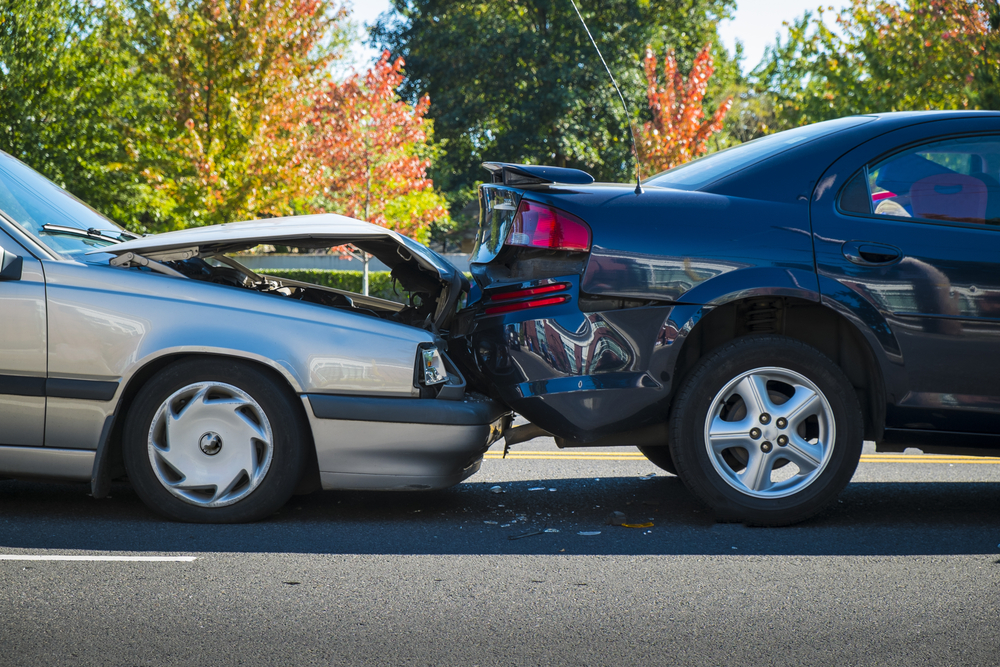
How to Prove Negligence in a Personal Injury Claim
If you are thinking of filing a personal injury claim, you will be required to prove that someone was negligent and that his or her negligence caused the accident. We want to share more about what negligence is and how to prove it in a personal injury claim.
Four Elements of Negligence
In legal terms, negligence is behavior that does not meet the standard of care expected of a reasonable person and causes harm to someone else. Lawyers use negligence in personal injury claims by this definition, because if the liable party had acted within their duty of care, the accident wouldn’t have happened, and you wouldn’t be injured. We want to tell you about the four elements of negligence and how they help determine personal injury lawsuits.
1. Duty of Care
 Duty of care is a responsibility of a person to act towards others with reasonable care, especially in circumstances when injury could occur. Lawyers must determine the duty of care of each situation on a case-by-case basis because not every situation has laws or a handbook outlining the expected duty of care. For example, anyone who is driving has a duty of care for other drivers and pedestrians. They must follow the rules of the road, which includes following the speed limit and yielding to pedestrians. Doctors take an oath to act with reasonable care to help patients to the best of their ability. These examples include clearly outlined duties of care, whereas at a grocery store, there are no legal guidelines they must follow. The law requires the store to take “reasonable” steps to determine customers’ safety.
Duty of care is a responsibility of a person to act towards others with reasonable care, especially in circumstances when injury could occur. Lawyers must determine the duty of care of each situation on a case-by-case basis because not every situation has laws or a handbook outlining the expected duty of care. For example, anyone who is driving has a duty of care for other drivers and pedestrians. They must follow the rules of the road, which includes following the speed limit and yielding to pedestrians. Doctors take an oath to act with reasonable care to help patients to the best of their ability. These examples include clearly outlined duties of care, whereas at a grocery store, there are no legal guidelines they must follow. The law requires the store to take “reasonable” steps to determine customers’ safety.
2. Breach of Duty
Once duty of care is determined, breach of duty must be proven. Lawyers must show how the person did not act with reasonable care or how their inaction breached the duty of reasonable care. Examples could be texting while driving, driving over the speed limit, or getting behind the wheel while under the influence.
3. Causation
 The next element that must be determined is the cause of the accident. For attorneys to argue that there was negligence in a case, they must prove the defendant’s negligence was a cause or a major contributing factor of your injuries.
The next element that must be determined is the cause of the accident. For attorneys to argue that there was negligence in a case, they must prove the defendant’s negligence was a cause or a major contributing factor of your injuries.
4. Damages
The final element in the standard of negligence is damages. Damages could include injuries you have sustained from the accident or money lost from not being able to work. In order to show what kind of damages you have experienced, your lawyer will gather evidence to back up your personal injury claim. This includes medical bills, a police report, or other kinds of files. Not only do damages include economic, but they also include noneconomic damages, such as pain and suffering.
Proving negligence in a personal injury claim can range from straightforward to difficult, but you don’t have to prove negligence on your own. Contact one of our personal injury lawyers today, and we will work with you to prove negligence in your case and get the compensation you deserve.




